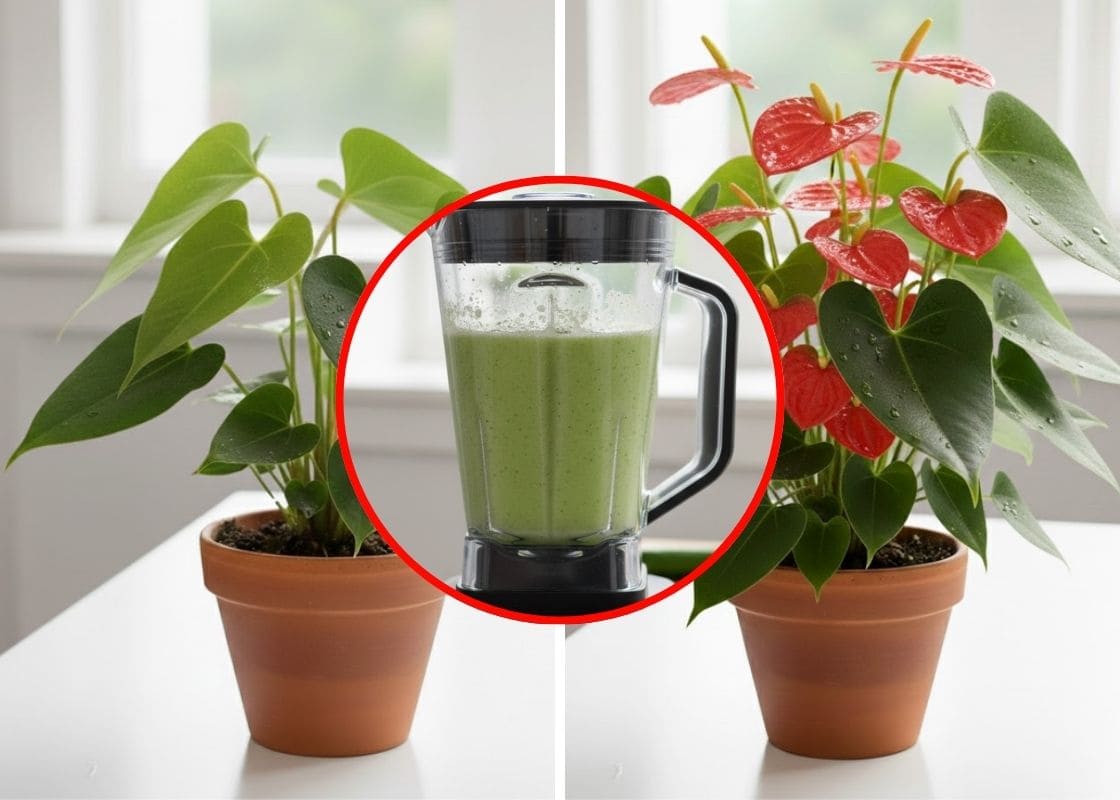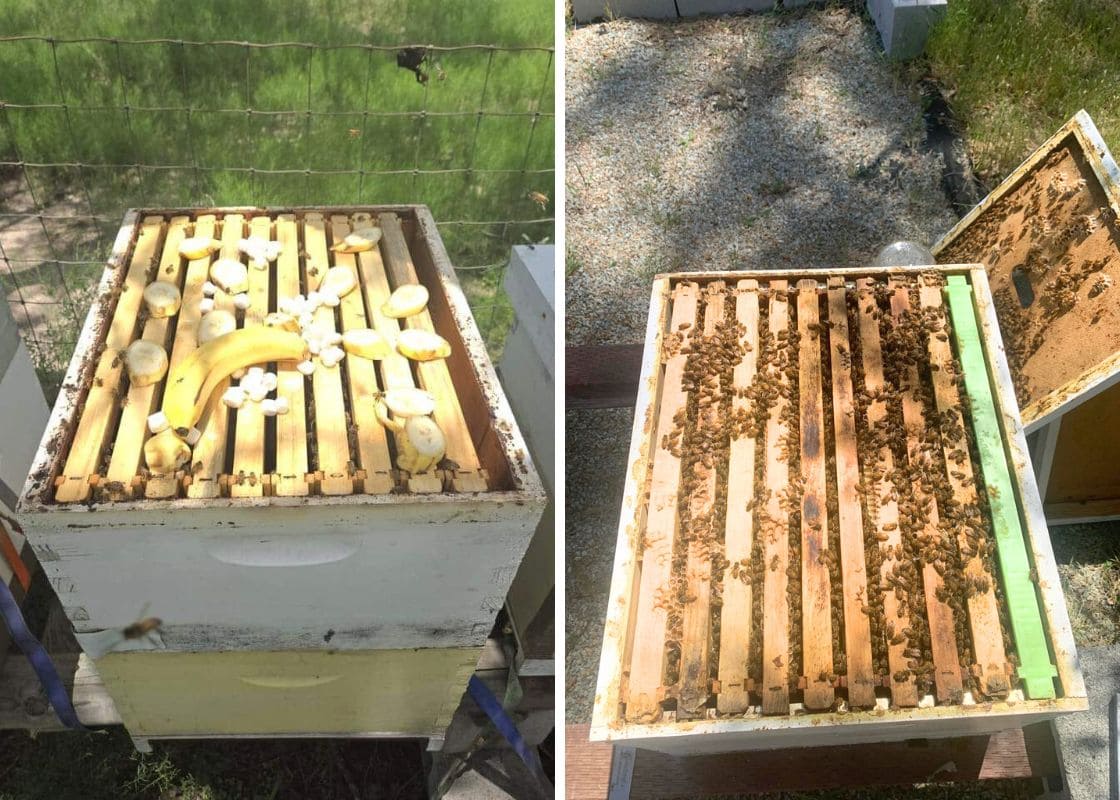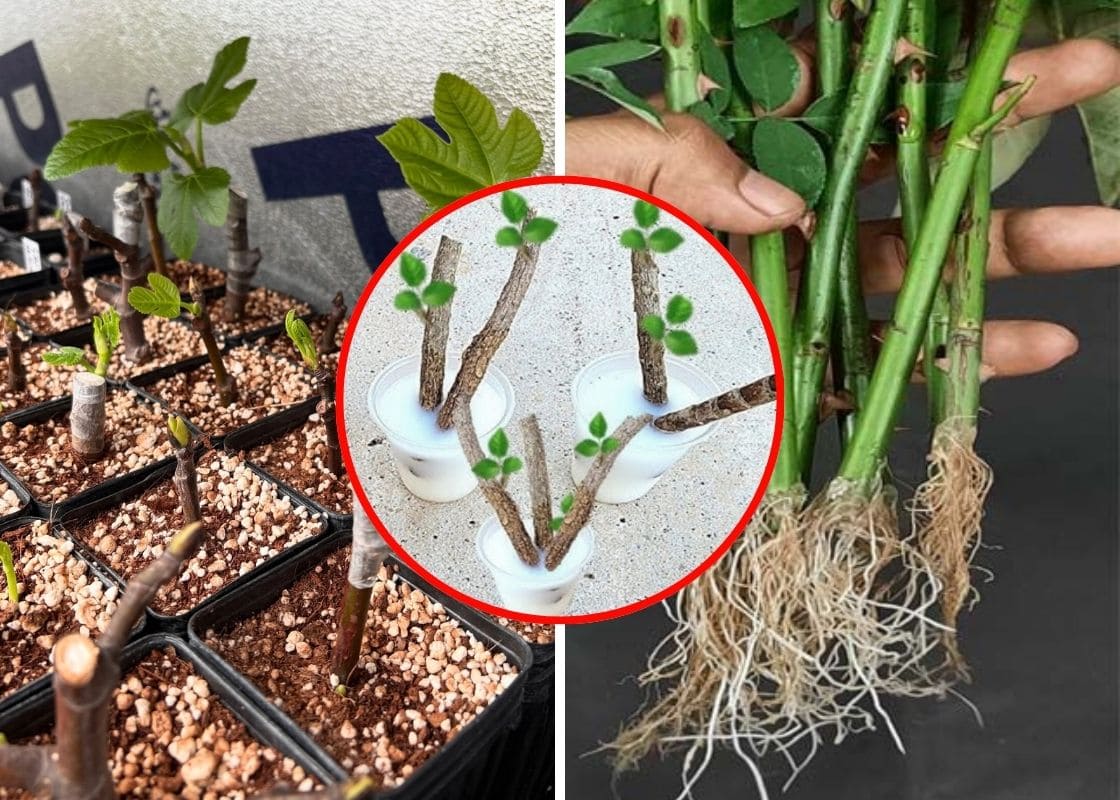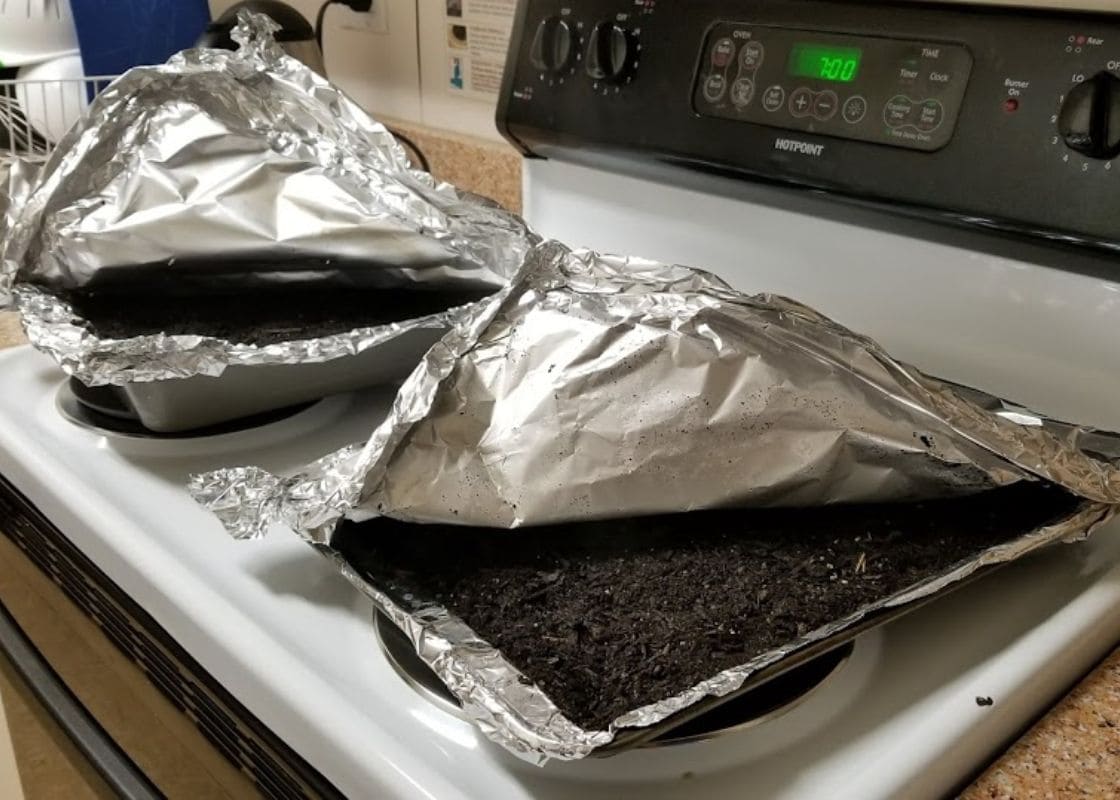Brussels sprouts have earned a reputation as the underdog of the vegetable garden.
Some people grew up hating them, only to rediscover how delicious they can be when roasted until caramelized and sweet.
If you’ve ever thought about growing your own, you’ll know they’re not the quickest crop—they need time, care, and patience.
The trick to harvesting tons of Brussels sprouts is understanding what the plant needs throughout its long season.
With steady attention, you’ll go from a few spindly stalks to a full row bursting with firm, sweet sprouts. Here’s how to do it.
1. Start With the Right Timing

Brussels sprouts are not a quick crop as they usually need 80-100 days from transplant to harvest.
For cool climates, start seeds indoors in late winter or very early spring and transplant them outside once frost risk has passed.
In warmer regions, they perform best as a fall crop, planted in midsummer so they can mature in cool autumn weather.
Cool weather is key. If they mature during heat, sprouts stay small and loose.
If they mature during chillier days, especially after a frost, you’ll get tight, sweet sprouts that taste far better than store-bought.
2. Give Brussels Sprouts Plenty of Sun

Brussels sprouts are sun-hungry plants.
Six hours of sunlight is the minimum, but if you can provide eight or more, they’ll repay you with sturdier stalks and bigger harvests.
A shady spot might keep them alive, but you’ll be disappointed by the yield. Think of light as fuel for sprout production.
3. Feed the Soil Generously
These are heavy feeders, it’s far more demanding than lettuce or beans.
Before planting, work compost or well-rotted manure into the soil.

As they grow, feed them regularly. Early in the season, nitrogen helps push leafy growth and strong stalks.
Midway through, a balanced fertilizer keeps them steady. Later, as sprouts start forming, switch to one higher in phosphorus and potassium to bulk up the buds.
Without this steady nutrition, you’ll end up with small, soft sprouts that never quite fill out.
4. Keep Moisture Consistent
Consistency is everything. Brussels sprouts need about 1-1.5 inches of water a week.
If soil swings between bone-dry and soggy, sprouts develop unevenly or stay loose instead of compacting tightly.
Mulching with straw, wood chips, or shredded leaves is one of the best tricks.
It locks in moisture, regulates temperature, and suppresses weeds, all of which keep the plant stress-free and focused on producing sprouts.
5. Top the Plants to Boost Sprout Size
This is a trick many gardeners overlook. Once the plants reach about 28-30 inches tall and sprouts have begun forming, pinch or cut off the very top of the plant.
Known as topping, this stops the plant from growing taller and redirects energy into the sprouts already on the stalk.
You should do this in late summer or early fall, and within a few weeks you’ll see the lower sprouts swelling into larger, firmer heads.
6. Harvest From the Bottom Up

Sprouts don’t all ripen at once, they mature from the bottom of the stalk upward.
Begin picking the lowest ones when they reach about 1-2 inches across and feel firm. You can twist them off or use a sharp knife.
The more you pick, the more the plant keeps pushing energy into the upper sprouts.
If you harvest regularly instead of waiting for the whole stalk, you’ll dramatically increase your total yield.
7. Use the Cold to Your Advantage
Brussels sprouts are one of those vegetables that actually improve with a bit of frost
Cold temperatures trigger chemical changes that make them sweeter, taking away the bitterness many people associate with them.
If your growing season allows, time your crop so you’re harvesting after the first light frosts of autumn.
In many areas, you can even leave them standing in the garden until early winter, picking as you need them.
They’ll keep well on the stalk long after other vegetables have been cleared away.
8. Protect Against Pests Early
Nothing ruins a crop faster than cabbage worms, flea beetles, or aphids.
These pests love Brussels sprouts because they’re part of the brassica family.
Start prevention early with row covers when plants are young, and check leaves often for chewing damage or tiny green caterpillars.
Hand-pick pests if you spot them, or spray with a mild organic control like neem or BT if infestations grow.
9. Don’t Forget the Stalks
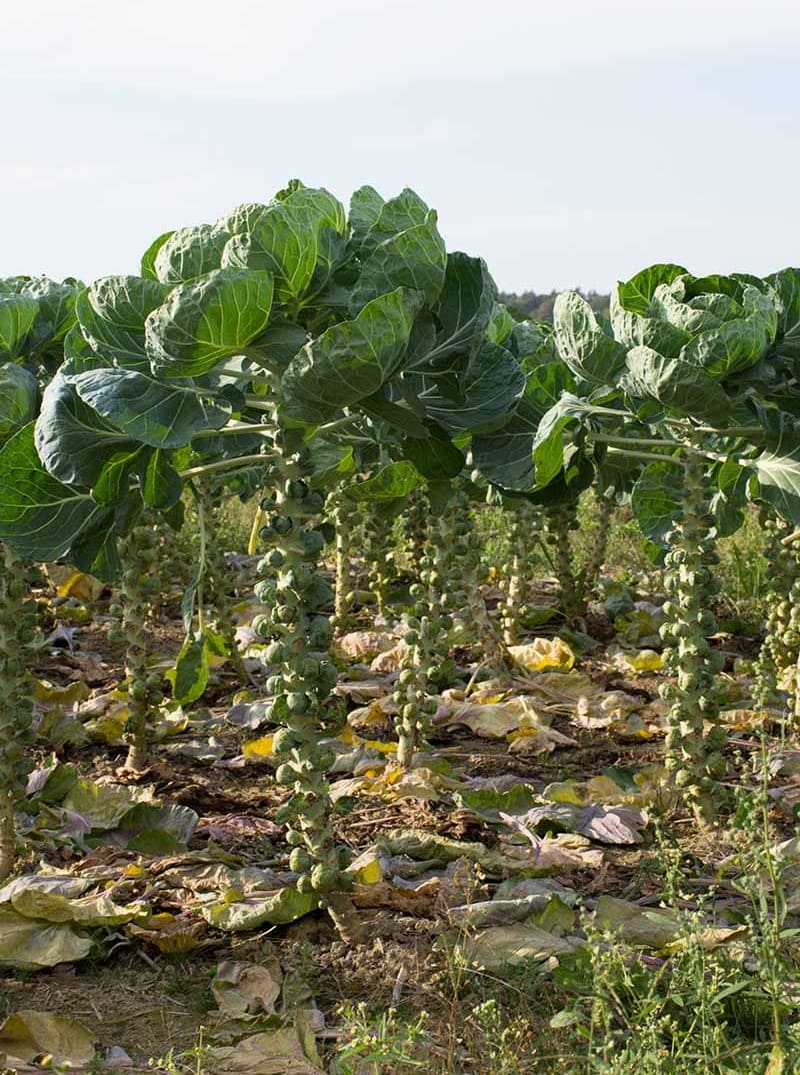
At the end of the season, when lower sprouts have been harvested and frost is threatening, you can cut down the entire stalk.
Bring it inside and stand it upright in a cool place. The upper sprouts often continue to swell and ripen even after cutting.
Some gardeners even hang whole stalks in garages or sheds, picking sprouts fresh for weeks.
Conclusion
Growing Brussels sprouts isn’t the fastest gardening project, but it is one of the most rewarding.
With sunlight, rich soil, regular feeding, and a bit of topping and careful harvesting, you can transform a few plants into a steady supply of sprouts that last for months.
Even better, the flavor of homegrown Brussels sprouts, especially when kissed by frost is incomparable.
Sweet, nutty, and far from the mushy vegetables you may remember from childhood, they can become the star of your autumn and winter table.


